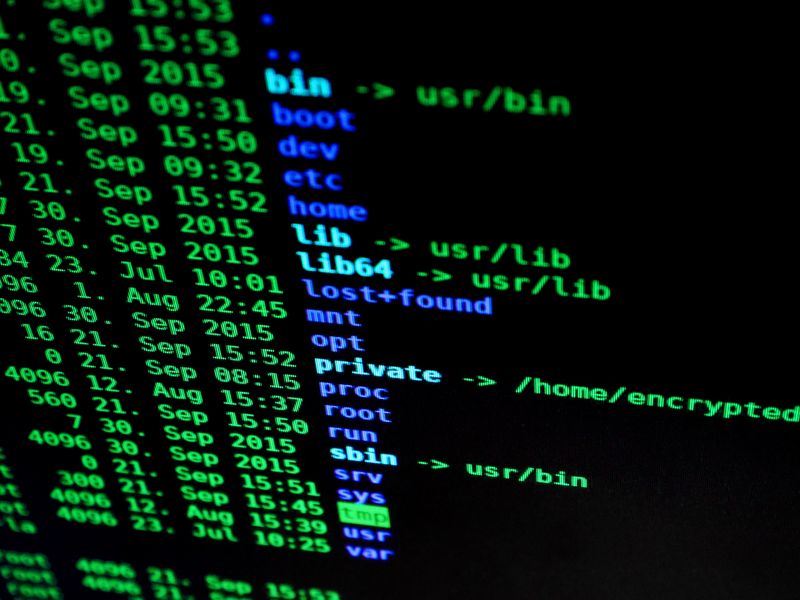Malware Uses Wi-Fi Scanning to Obtain Device Location
Introduction
A mysterious piece of malware called Whiffy Recon has been discovered by researchers at Secureworks. This malware is designed to scan for nearby Wi-Fi access points in order to obtain the location of the infected device. It targets Windows systems and conducts Wi-Fi scanning every 60 seconds, with the collected data being fed to Google’s geolocation API for triangulation. The motivation behind the malware‘s operation is unclear, raising concerns about its potential use for nefarious purposes.
The Hidden Motivation
The purpose of Whiffy Recon remains a mystery to researchers. Don Smith, VP of threat intelligence at Secureworks’ Counter Threat Unit (CTU), expressed concern over the unknown motivations behind the malware‘s operation. He highlighted the unusual regularity of the scanning every minute and questioned why an infected device’s location would be of interest to threat actors. Smith emphasized that this kind of activity is rarely used by criminal actors, as it lacks the ability to quickly monetize. However, it opens up a range of possibilities for nefarious activities, such as tracking compromised systems, intimidating victims, or exerting pressure to comply with demands.
Philosophical Implications
The discovery of Whiffy Recon raises philosophical questions about the intersection of digital and physical spaces. Mapping the digital world to the physical world through geolocation data allows threat actors to bridge the gap between the abstract and the tangible. This intrusion into personal space and the potential for real-world harm highlights the ever-increasing importance of protecting one’s digital presence.
Protecting Against Whiffy Recon
Organizations or individuals concerned about being infected with Whiffy Recon can check the Startup folder in Windows for a file named ‘wlan.lnk’, which ensures that the malware launches on device boot-up. Removing this file from the Startup folder will prevent the malware from running. However, there is no way to determine how much location data has already been collected.
Internet Security
To protect against the threat of malware like Whiffy Recon, it is crucial to implement strong internet security practices. Keeping all software and systems up to date with the latest security patches is essential. Additionally, using robust antivirus software and regularly scanning for potential threats can help detect and remove malware from devices.
Editorial Perspective
The discovery of Whiffy Recon highlights the continued evolution and innovation of malware techniques. As threat actors become more sophisticated, it is imperative that individuals and organizations maintain vigilance in securing their systems and data. This case serves as a reminder that cyberattacks are not limited to grand financial heists or politically motivated hacking, but can also include obscure and mysterious activities with unknown intentions. The cybersecurity industry must constantly adapt and develop new strategies to address the ever-evolving threat landscape.
Conclusion
The discovery of the Whiffy Recon malware raises concerns about the unknown motivations behind its operation. By scanning for nearby Wi-Fi access points, the malware obtains the location of the infected device. This intrusion into personal space and the potential for real-world harm reinforces the importance of robust internet security practices. Organizations and individuals must remain vigilant in protecting their systems and data from evolving and sophisticated malware threats.

<< photo by Dan Nelson >>
The image is for illustrative purposes only and does not depict the actual situation.
You might want to read !
- “Hacking Group KittenSec: Exposing Corruption with Unparalleled Power”
- 5 Crucial Steps to Establishing Effective Risk-First Cybersecurity Measures
- The Rise of “Telekopye”: Exploring Russia’s Powerful New Phishing Bot
- Cisco Patches Critical Vulnerabilities: Safeguarding Switches and Firewalls from DoS Attacks
- North Korea’s Lazarus Group: How a GUI Framework Enabled Their Stealthy RAT
- The Perils of Connecting: Unmasking the Hidden Dangers of Public Wi-Fi
- Unraveling the Mystery: Inside the Stealthy ‘LabRat’ Campaign
- Exploring the Synergy of edX and Drake State: Pioneering a Free Training Program
- Unmasking the Dark Side: Exploiting Cloudflare Tunnel for Sustained Breaches and Confidential Data Breach
- The Rise of Stealthy Mobile Malware: Beware of “Snakes in Airplane Mode”




